Copper (Cu) Nutrient Deficiencies: Causes, Symptoms, and Solutions for Your Plants
Table of Contents
Overview of Copper Nutrient Deficiencies in Plants
Copper is an essential micronutrient for plants, playing a critical role in a variety of physiological and biochemical processes. However, copper deficiencies in plants can occur, impacting their overall health and development. This article aims to provide an overview of copper nutrient deficiencies in plants, shedding light on the importance of copper in plant growth and the consequences of its deficiency.
Copper deficiency in plants is often influenced by various factors, including soil pH, organic matter content, and the presence of other minerals in the soil. It can be particularly problematic in soils with acidic pH levels or those rich in organic matter, as copper tends to become less available to plants under such conditions. Additionally, excessive applications of other minerals like zinc or phosphorus can lead to competition for copper uptake, further exacerbating the deficiency.
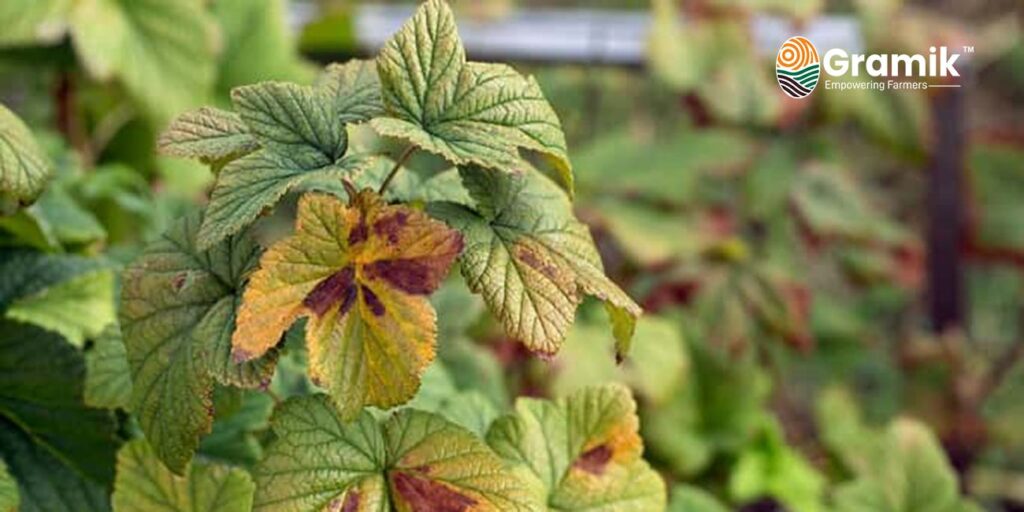
Understanding the causes and symptoms of copper nutrient deficiencies is crucial for gardeners and agricultural practitioners. By recognizing the signs, such as stunted growth, pale foliage, and reduced fruit production, they can take appropriate measures to rectify the deficiency and ensure optimal plant health. The next sections will delve into the specific causes, symptoms, and effects of copper deficiency in plants, equipping readers with the knowledge to identify and address this issue effectively.
Understanding the Importance of Copper in Plant Growth
Copper is an essential micronutrient that plays a crucial role in the growth and development of plants. It functions as an enzyme activator, participating in various biochemical reactions within the plant. Copper is particularly important in the formation of chlorophyll, which is responsible for photosynthesis, the process that converts sunlight into energy for plant growth. Without sufficient copper, plants may struggle to produce green leaves and may exhibit stunted growth.
In addition to its role in chlorophyll formation, copper also aids in plant metabolism and the synthesis of proteins, which are essential for the proper functioning of plant tissues. Copper is involved in lignin formation, contributing to the mechanical strength and rigidity of plant cell walls. It also helps plants to withstand stress, such as drought or disease, by enhancing their defense mechanisms. Overall, copper is vital for maintaining optimal plant health and facilitating the various physiological processes that support growth and productivity. Understanding the importance of copper in plant growth can help us address any potential deficiencies and ensure the well-being of our plants.
Identifying the Causes of Copper Nutrient Deficiencies
Copper nutrient deficiencies in plants can arise from various factors that hinder the availability and uptake of this essential micronutrient. One of the primary causes of copper deficiency in plants is soil pH. Typically, alkaline soils with a pH above 7.0 tend to limit the accessibility of copper to plants, leading to potential deficiencies. In such circumstances, the higher pH prevents copper from being in a form that plants can easily absorb.

Another factor that can contribute to copper nutrient deficiencies is excessive soil fertility. When soils are rich in other micronutrients like zinc, iron, or manganese, they can compete with copper for absorption by plant roots. This competition for uptake can reduce the availability of copper and result in its deficiency in plants. Additionally, high levels of phosphorus in the soil can also inhibit copper uptake, further exacerbating the problem. It is crucial to assess soil fertility levels and ensure a balanced micronutrient profile to prevent copper deficiencies in plants.
Recognizing the Symptoms of Copper Deficiency in Plants
Copper is an essential nutrient for the healthy growth and development of plants. However, when plants lack adequate copper, they can exhibit several distinctive symptoms. One of the most noticeable signs of copper deficiency is stunted growth. Plants lacking sufficient copper may appear smaller and less vigorous than their healthy counterparts. This is because copper plays a vital role in the production of plant growth hormones, which regulate various processes such as cell division and elongation.

Another common symptom of copper deficiency in plants is leaf discoloration. Copper is crucial for chlorophyll synthesis, the pigment responsible for the green color of leaves. Without enough copper, leaves may take on a pale green or yellowish hue. In severe cases, the edges of the leaves may turn brown or die off completely. Along with leaf discoloration, copper-deficient plants may also exhibit leaf deformities, such as twisted or curled leaves, due to impaired cell growth and development.
It is important for gardeners and plant enthusiasts to be able to recognize these symptoms of copper deficiency in order to take appropriate action. By promptly addressing copper nutrient deficiencies, plants can be provided with the necessary resources for optimal growth and development. In the next sections, we will explore the effects of copper deficiency on plant health and development, as well as discuss methods to prevent and address this issue effectively.
Effects of Copper Deficiency on Plant Health and Development
Copper is an essential micronutrient that plays a crucial role in various physiological processes within plants. However, when plants experience a copper deficiency, it can have detrimental effects on their overall health and development.
One of the key impacts of copper deficiency on plants is its negative effect on photosynthesis, the process through which plants convert light energy into chemical energy. Copper is a vital component of various enzymes involved in photosynthesis, such as plastocyanin, which facilitates electron transport in the thylakoid membrane. Without an adequate supply of copper, plants may experience a decrease in chlorophyll production and impaired photosynthetic activity, leading to reduced growth and yield potential. Additionally, copper deficiency can disrupt carbohydrate metabolism, further compromising the plants’ ability to produce and store energy.
Furthermore, copper deficiency can impair the structural integrity of plants, particularly in terms of cell wall formation. Copper is involved in the cross-linking of cell wall components, influencing its strength and stability. Without sufficient copper, plants may exhibit weakened cell walls, making them more susceptible to physical damage, environmental stressors, and disease pathogens. This compromised structural integrity can lead to stunted growth, poor root development, and an increased vulnerability to other nutrient deficiencies.
In conclusion, copper deficiency in plants can have profound effects on their overall health and development. Impaired photosynthesis and compromised cell wall structure are just two of the numerous consequences of insufficient copper levels. Understanding these effects is crucial for gardeners and farmers to ensure optimal plant nutrition and maximize crop productivity.
Factors Affecting Copper Availability in Soil
Factors Affecting Copper Availability in Soil
| Factor | Description |
|---|---|
| Soil pH | Copper availability is influenced by soil pH. Copper is more available in slightly acidic to neutral soils (pH 6.0-7.0). It becomes less available in highly acidic or alkaline soils. |
| Organic Matter Content | Higher organic matter content can enhance copper availability. Organic matter forms complexes with copper, preventing it from binding tightly to soil particles. This increases its availability to plants. |
| Soil Texture | Soil texture plays a role in copper availability. Sandy soils generally have lower copper retention, while clayey soils may retain copper more effectively, affecting its availability to plants. |
| Redox Potential | Soil redox conditions influence copper speciation. Reduced conditions (anaerobic) favor higher copper availability, while oxidized conditions (aerobic) may lead to the formation of less available forms. |
| Cation Exchange Capacity (CEC) | Soils with higher CEC tend to retain more copper. However, a high CEC may also result in stronger copper binding, reducing its availability to plants. |
| Microbial Activity | Microbial activity can influence copper cycling in the soil. Certain microorganisms may enhance copper availability through processes like chelation or reduction, while others may immobilize copper. |
| Presence of Competing Ions | The presence of other cations (e.g., zinc, iron) can influence copper availability. High concentrations of competing ions may limit the uptake of copper by plants. |
| Soil Moisture Content | Soil moisture levels affect copper mobility. Adequate moisture can enhance copper movement and availability, while excessively wet or dry conditions may reduce its availability to plants. |
| Copper Source and Form | The form in which copper is applied (e.g., copper sulfate, copper oxide) and its source can impact its availability in the soil. Different forms may have varying solubilities and rates of release. |
| Anthropogenic Factors | Human activities such as industrial discharges, mining, and agricultural practices can introduce additional copper into the soil, influencing its availability. Copper contamination from external sources can impact soil health. |
| Soil Temperature | Temperature affects microbial activity and chemical reactions in the soil. Warmer temperatures generally increase microbial activity, influencing copper speciation and availability. |
Copper availability in soil is influenced by various factors that can either enhance or hinder its absorption by plants. One crucial factor is soil pH. Copper availability is highest in acidic soils with pH levels below 7.0, as the metal binds less tightly to the soil particles. Conversely, in alkaline soils with pH levels above 7.0, copper is more likely to become tightly bound to soil particles, leading to reduced availability for plant uptake.
Additionally, soil organic matter content plays a significant role in copper availability. High levels of organic matter tend to increase copper availability as organic compounds can form complexes with copper ions, making them more soluble and accessible to plants. On the other hand, low organic matter content may restrict copper availability as it reduces the formation of soluble copper-organic complexes. Therefore, maintaining optimal organic matter levels in soil can help ensure an adequate supply of copper for plant uptake.
Other factors, such as soil texture and compaction, also have an impact on copper availability. Sandy soils, with their larger particle size and lower cation exchange capacity, generally have lower copper retention and thus a higher likelihood of copper leaching. Conversely, clay soils, with their smaller particle size and higher cation exchange capacity, tend to retain more copper and make it less available for plants. Furthermore, compacted soils may impede root growth and restrict access to copper, affecting its uptake by plants. Adequate soil management practices, such as improving soil structure and preventing compaction, can help optimize copper availability in both sandy and clay soils.
Understanding the factors that affect copper availability in soil is crucial for ensuring optimal plant nutrition. By addressing these factors through appropriate soil management practices, gardeners can help create an environment conducive to optimal copper uptake for healthy plant growth and development.
Testing Soil for Copper Levels
Elucidating soil copper levels is essential for ensuring optimal plant growth and development. A thorough understanding of copper content in the soil can help gardening enthusiasts identify and address potential nutrient deficiencies in plants. To test soil for copper levels, various methods can be employed.
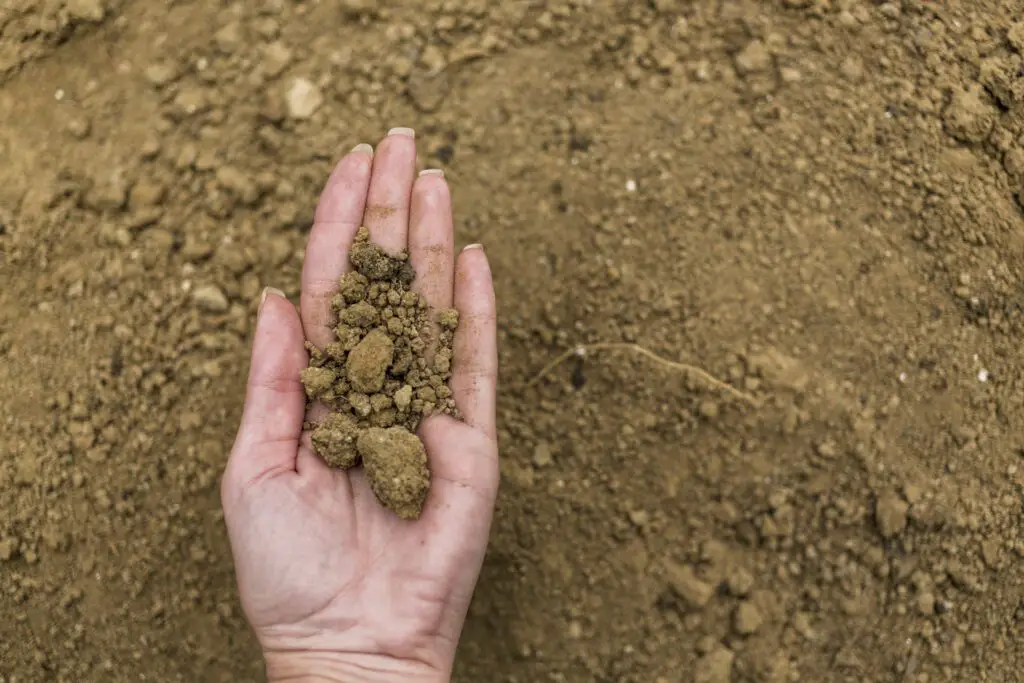
One commonly used technique is the soil extraction method, where samples are collected from different areas of the garden or field. The samples are then subjected to chemical extraction processes that release copper ions present in the soil. These ions are subsequently quantified using spectrophotometric or colorimetric methods. The results are usually expressed in parts per million (ppm) or milligrams per kilogram (mg/kg) to provide a precise measurement of copper content in the soil. Additionally, soil analysis laboratories may offer specialized tests that enable more accurate assessment of copper availability and help individuals tailor their fertilization strategies accordingly.
Methods to Prevent Copper Nutrient Deficiencies in Plants
Preventing copper nutrient deficiencies in plants is crucial for maintaining their optimal growth and health. There are several proven methods that can be implemented to ensure plants receive an adequate supply of copper. Firstly, it is essential to conduct regular soil tests to assess the copper levels in the soil. This provides valuable information on whether the soil is deficient in copper and helps determine the appropriate course of action.
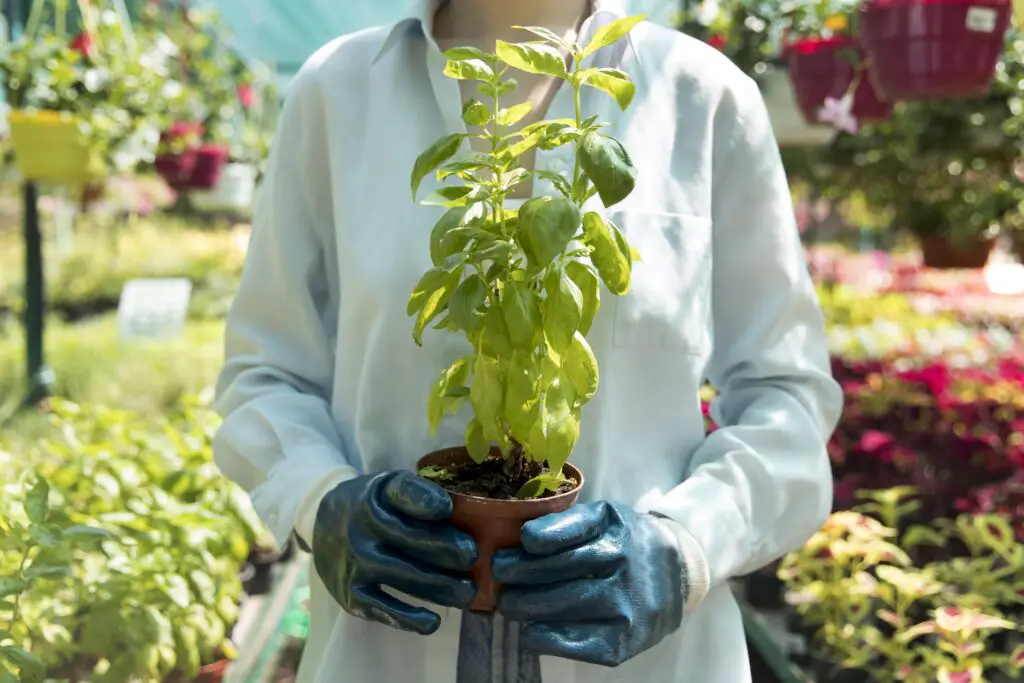
One effective method to prevent copper deficiencies is through the use of copper fertilizers. These fertilizers are specially formulated to provide plants with the necessary copper they need to thrive. Depending on the specific needs of the plants and the severity of the deficiency, different types of copper fertilizers, such as copper sulfate or copper chelates, can be applied. It is important to follow the recommended application rates to avoid excessive copper accumulation, which can be toxic to plants. Additionally, incorporating organic matter into the soil can help improve copper availability, as it enhances soil structure and nutrient retention. Implementing these preventive measures can significantly minimize the risk of copper nutrient deficiencies in plants and promote their overall wellbeing.
Importance of Proper Copper Fertilization for Plant Health
Copper is an essential nutrient for plant growth and development, playing a crucial role in various physiological processes. Proper copper fertilization is of utmost importance to ensure optimal plant health. Copper is involved in the production of enzymes and proteins that are vital for photosynthesis, energy metabolism, and hormone synthesis. It also aids in the formation and strengthening of cell walls, promoting plant structural integrity and resistance to diseases and pests.
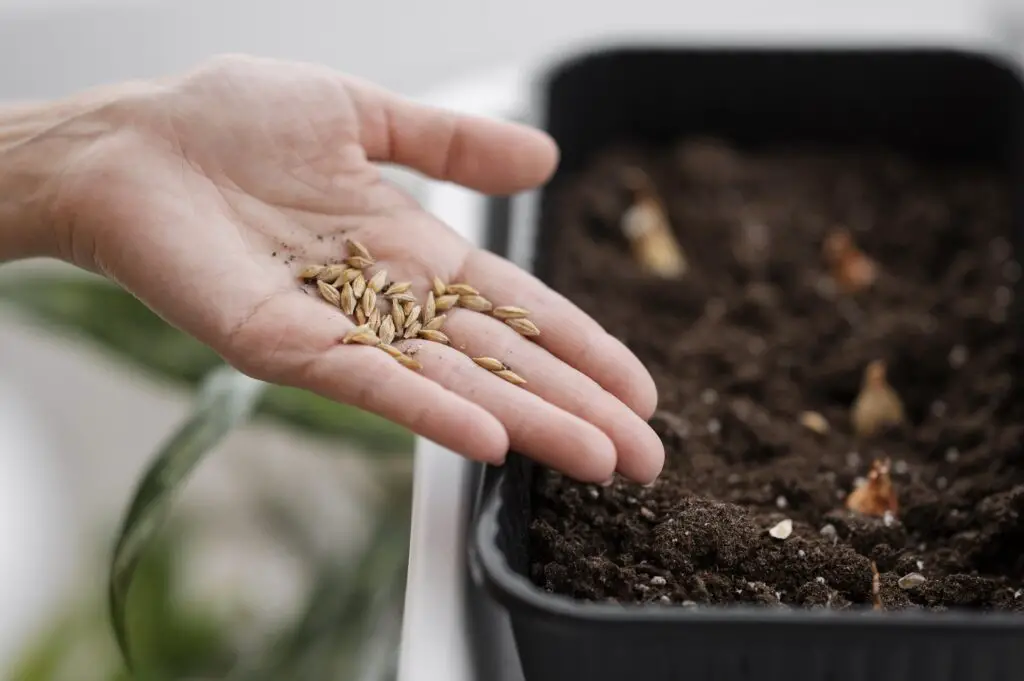
Without adequate copper levels, plants may suffer from copper deficiency, leading to a range of detrimental effects on their health. Leaves may exhibit chlorosis, a condition characterized by yellowing or whitening of the tissue, as copper deficiency disrupts chlorophyll synthesis. Additionally, plants with insufficient copper may experience stunted growth, reduced root development, and decreased yield. In some cases, the deficiency can even result in the death of the plant. Therefore, it is crucial to ensure proper copper fertilization to prevent nutrient deficiencies and promote robust plant growth and productivity.
Organic Solutions for Copper Deficiency in Plants
One of the most effective organic solutions for copper deficiency in plants is the use of compost. Compost is a rich source of organic matter that helps improve soil structure and fertility. It contains a wide range of essential nutrients, including copper, which can be easily absorbed by plants. By incorporating compost into the soil, gardeners can provide a continuous supply of copper and other beneficial nutrients to plants, ensuring their optimal growth and development. Furthermore, compost also enhances the overall health of the soil, promoting the growth of beneficial microorganisms that aid in nutrient absorption and plant metabolism.

Another organic solution for copper deficiency in plants is the use of cover crops. Cover crops are plants that are grown specifically to protect and improve the soil. Certain cover crops, such as clover and buckwheat, have the ability to accumulate copper from the soil and make it more accessible to other plants. These crops can be grown in between the main crop seasons or in areas where copper deficiency is prevalent. When the cover crop is tilled into the soil, it releases the stored copper, enriching the soil and providing a natural source of copper for the subsequent crops. Moreover, cover crops also contribute to soil fertility by adding organic matter, preventing erosion, and suppressing weeds, making them an environmentally friendly and sustainable solution for copper deficiency in plants.
• Compost is a rich source of organic matter that improves soil structure and fertility.
• Compost contains essential nutrients, including copper, that can be easily absorbed by plants.
• Incorporating compost into the soil provides a continuous supply of copper and other beneficial nutrients to plants.
• Compost enhances the overall health of the soil by promoting the growth of beneficial microorganisms.
• Cover crops such as clover and buckwheat can accumulate copper from the soil and make it more accessible to other plants.
• Growing cover crops in between main crop seasons or in areas with copper deficiency enriches the soil with stored copper.
• Cover crops also contribute to soil fertility by adding organic matter, preventing erosion, and suppressing weeds.
Chemical Solutions for Copper Deficiency in Plants
Chemical solutions can be an effective way to address copper deficiency in plants and promote healthy growth. One such solution is the use of copper-based fungicides. These fungicides contain copper ions that can be readily absorbed by plant roots and translocated throughout the plant, ensuring that copper is available for various physiological processes.
In addition to fungicides, copper sulfate is another chemical solution that can be used to combat copper deficiency in plants. Copper sulfate is a soluble compound that can be easily dissolved in water and applied to the soil or as a foliar spray. It provides a quick and efficient way to deliver copper to plants, helping to alleviate deficiency symptoms.
It is important to note that while chemical solutions can be effective in addressing copper deficiency, they should be used with caution and in moderation. Excessive use of copper can lead to toxicity in plants, causing damage to foliage and roots. It is therefore recommended to carefully follow the instructions provided by manufacturers and to conduct soil tests to determine the appropriate amount of copper required for the specific plant species being grown. Additionally, it is advisable to consult with a professional to ensure the safe and proper use of chemical solutions.
Nutritional Management Strategies to Combat Copper Deficiencies
Nutritional management is crucial in combatting copper deficiencies in plants. By ensuring optimal copper levels, gardeners can promote healthy growth and development in their crops. There are several strategies that can be implemented to address copper nutrient deficiencies effectively.
Firstly, incorporating organic matter into the soil can enhance copper availability. Compost, manure, or other organic fertilizers contain trace amounts of copper, which can gradually replenish depleted levels in the soil. Additionally, selecting plant species that are well-adapted to copper-deficient soils can be beneficial. Certain plants have the ability to accumulate copper more efficiently, making them ideal choices for cultivation in such conditions. However, it is important to ensure that these plants do not exceed safe copper levels, as this can have detrimental effects on both plant health and human consumption.
Furthermore, adjusting the pH of the soil can optimize copper uptake by plants. Copper availability is influenced by soil pH levels, with slightly acidic to neutral conditions being most favorable. Conducting soil tests and then applying appropriate amendments, such as lime or sulfur, can help to achieve the desired pH range. Additionally, irrigation practices should be carefully monitored to prevent excessive leaching of copper from the soil.
Incorporating copper-based fertilizers is another effective strategy for combating copper deficiencies in plants. These fertilizers are formulated specifically to provide plants with the necessary copper ions for proper growth and development. However, it is crucial to follow application instructions and avoid overusing copper-based fertilizers, as excessive amounts can be toxic to plants and detrimental to the environment.
Implementing these nutritional management strategies can significantly improve copper levels in the soil and promote healthy plant growth. However, it is important to note that each garden and crop may have specific requirements, and consulting with a local agricultural expert or conducting thorough research beforehand can ensure the most effective approach. By addressing copper deficiencies, gardeners can foster thriving gardens and bountiful harvests.
Monitoring and Maintaining Optimal Copper Levels in Plants
To ensure optimal copper levels in plants, regular monitoring and maintenance practices are essential. One effective method is to conduct regular soil testing to assess the copper levels present. This can be done using different techniques, such as atomic absorption spectroscopy or inductively coupled plasma mass spectrometry, which provide accurate measurements. By knowing the copper levels in the soil, gardeners and growers can make informed decisions about their fertilization strategies.
In addition to soil testing, it is important to closely monitor the overall health and development of plants. This includes observing their growth rates, leaf color, and overall vigor. Any signs of stunted growth, yellowing or browning of leaves, or reduced yields could indicate a copper deficiency. By keeping a close eye on such symptoms, gardeners can take proactive measures to address the issue promptly. Regular observation can also help identify any potential problems with copper availability in the soil, such as pH imbalances or excessive nutrients that could hinder copper uptake by plants.
What are the primary symptoms of copper deficiency in plants?
The primary symptoms of copper deficiency in plants include stunted growth, leaf discoloration, wilting, and reduced fruit or seed production.
How does copper deficiency affect plant health and development?
Copper deficiency can negatively impact plant health and development by impairing enzyme activity, reducing chlorophyll production, and weakening the plant’s ability to defend against diseases and pests.
What are the factors that affect copper availability in soil?
Factors that affect copper availability in soil include pH levels, organic matter content, soil compaction, excessive irrigation, and the presence of other minerals that can compete with copper for plant uptake.
How can I test the copper levels in my soil?
You can test the copper levels in your soil by using soil testing kits or sending soil samples to a reputable laboratory for analysis.
What are some methods to prevent copper nutrient deficiencies in plants?
Some methods to prevent copper nutrient deficiencies in plants include maintaining proper soil pH levels, improving soil drainage, avoiding excessive use of certain fertilizers, and practicing crop rotation.
Why is proper copper fertilization important for plant health?
Proper copper fertilization is important for plant health because it ensures that plants have adequate levels of this essential micronutrient for their growth, development, and overall functioning.
Are there any organic solutions for copper deficiency in plants?
Yes, organic solutions for copper deficiency in plants include using compost or manure that is rich in copper, applying copper-based fungicides or foliar sprays, and using organic fertilizers containing copper.
Are there any chemical solutions for copper deficiency in plants?
Yes, chemical solutions for copper deficiency in plants include applying copper-based fertilizers, such as copper sulfate or copper chelates, according to recommended dosage and application methods.
What are some nutritional management strategies to combat copper deficiencies?
Nutritional management strategies to combat copper deficiencies include adjusting the pH of the soil, adding organic matter to improve soil fertility, practicing balanced fertilization, and ensuring proper irrigation practices.
How can I monitor and maintain optimal copper levels in my plants?
You can monitor and maintain optimal copper levels in your plants by regularly testing soil for copper content, observing plant symptoms for signs of deficiency, and implementing appropriate fertilization and soil management practices based on the test results and plant requirements.

Kanike Sreekanth, a prolific writer at SouthElMonteHydroponics, brings a unique blend of creativity and scientific rigor to the table. With a degree in Horticulture from a prestigious institution, Kanike’s expertise spans hydroponic farming, plant biology, and agricultural sustainability. Their passion for exploring innovative cultivation methods and promoting environmental stewardship drives them to uncover new insights in the realm of hydroponics. Kanike’s writing serves as a conduit for sharing their knowledge and inspiring others to embrace alternative farming practices for a more sustainable future.

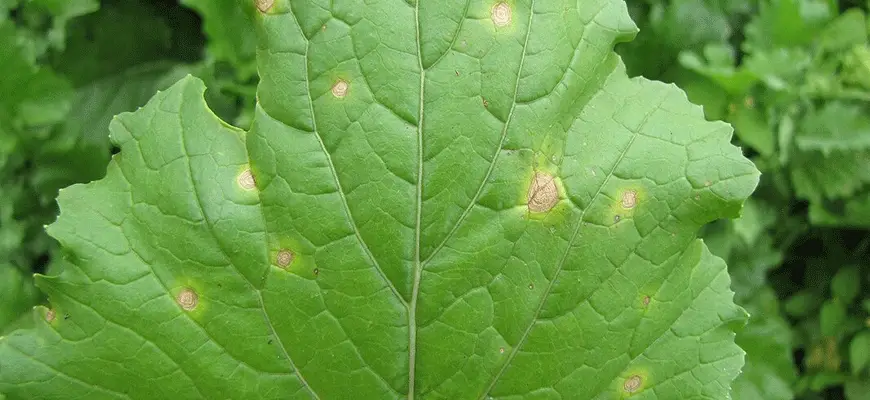
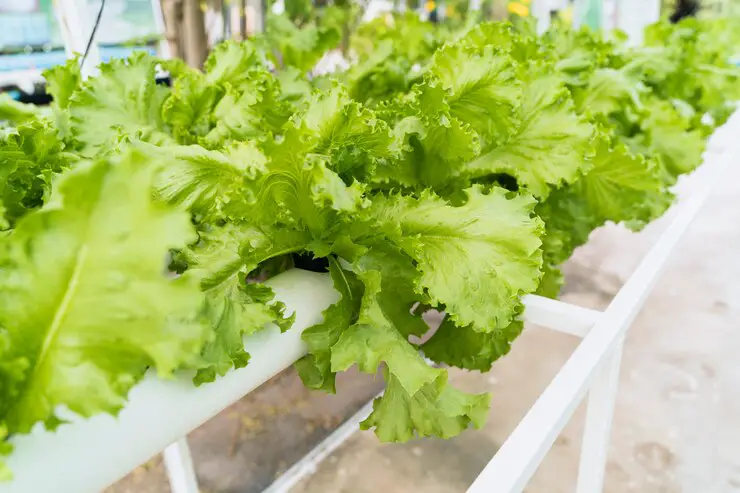
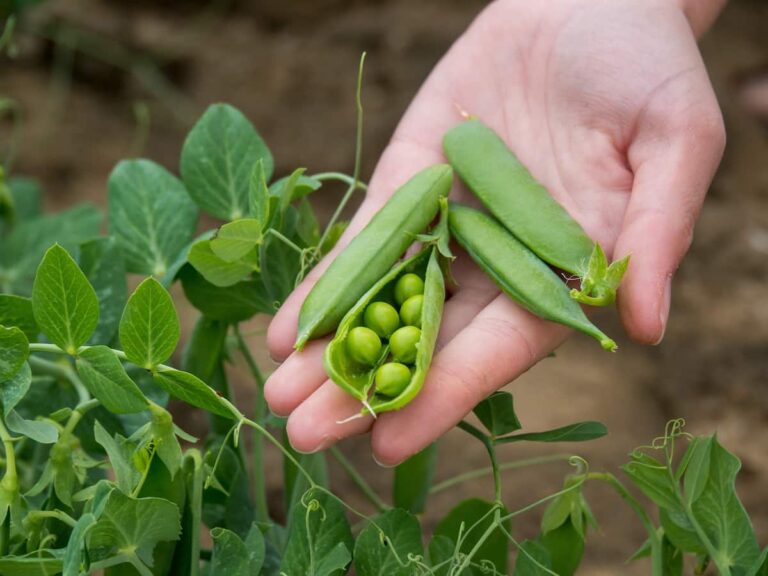
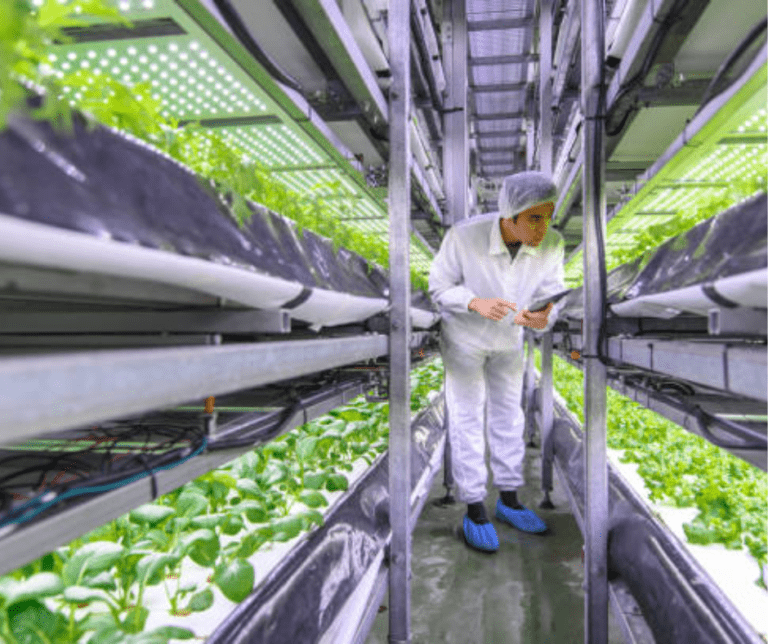
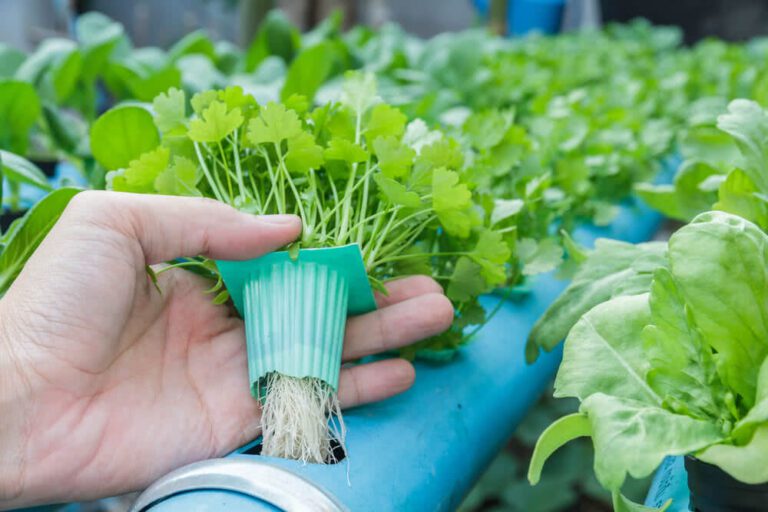
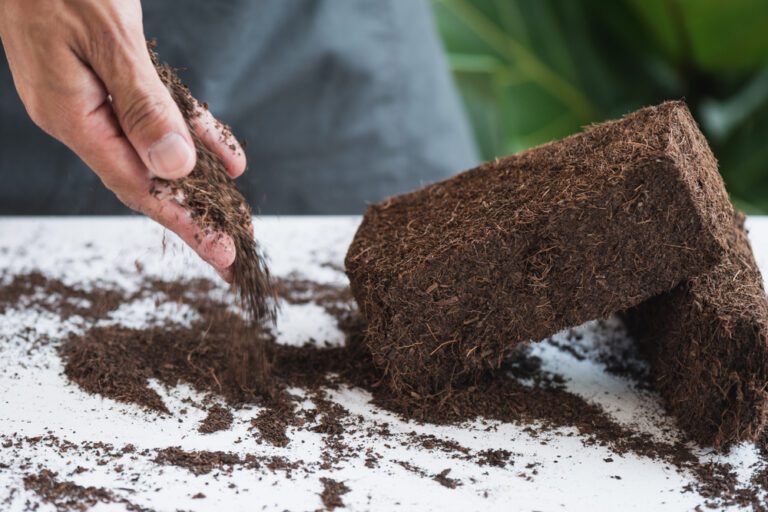

Hola! I’ve been following your website for a while now and finally got the courage to go ahead and give you a shout out from Dallas Texas! Just wanted to mention keep up the great job!